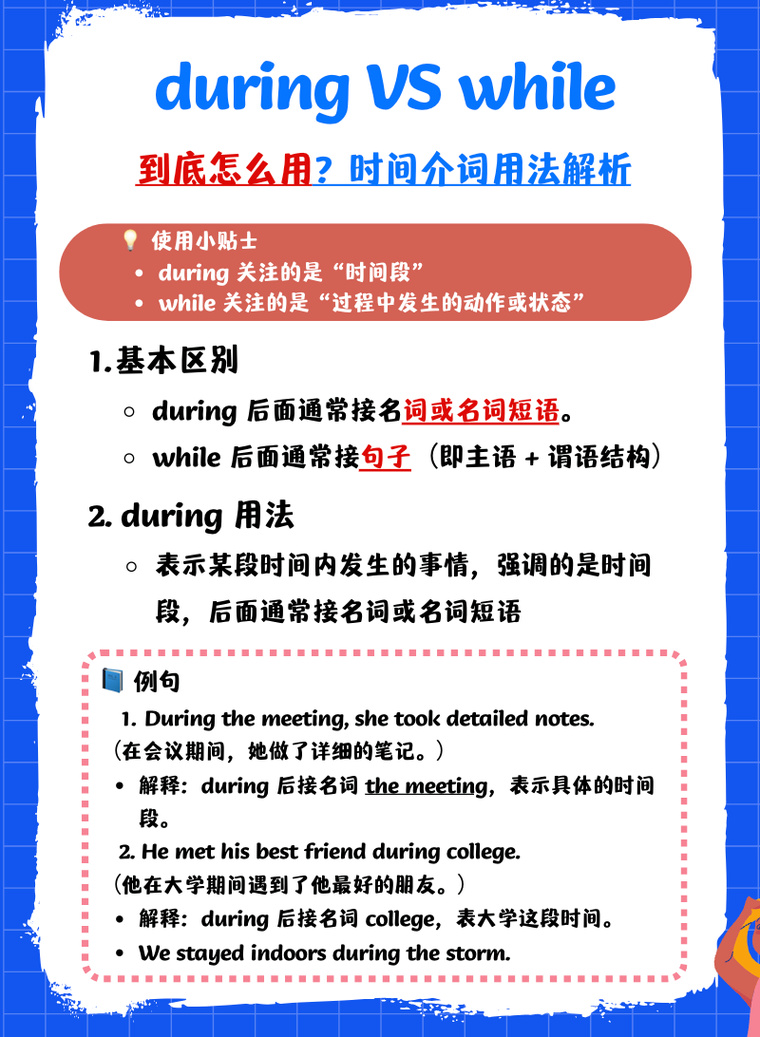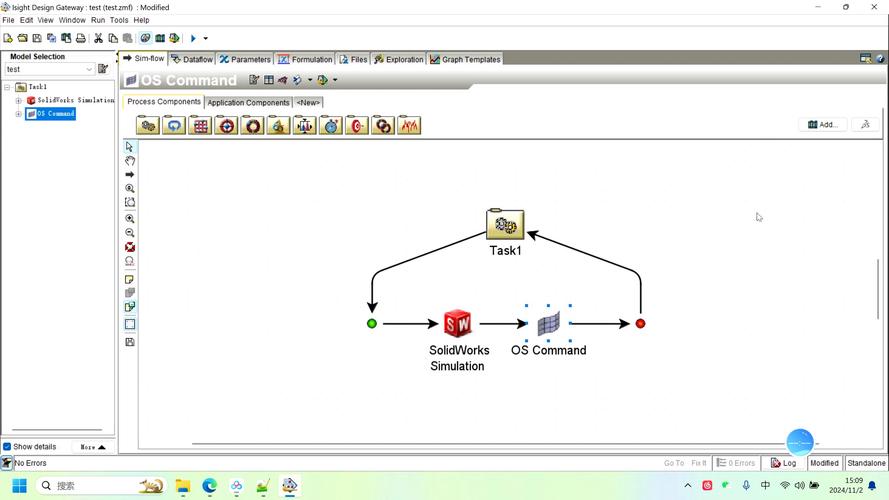
Does Support and Resistance Work for ETH?
Understanding the dynamics of support and resistance levels is crucial for any cryptocurrency trader, especially when dealing with Ethereum (ETH), one of the most popular digital assets. In this detailed exploration, we delve into how these concepts apply to ETH, offering insights into their effectiveness and practical application.
Understanding Support and Resistance
Support and resistance levels are key technical analysis tools used by traders to identify potential buying and selling opportunities. A support level is a price at which a security has repeatedly struggled to fall below, indicating strong demand. Conversely, a resistance level is a price at which a security has repeatedly struggled to rise above, indicating strong supply.

These levels are determined by historical price action and are often marked on charts. They can be used to predict future price movements and to set stop-loss and take-profit orders.
Applying Support and Resistance to ETH
When it comes to ETH, support and resistance levels can be identified by analyzing past price movements. Traders often look for these levels on daily, weekly, and monthly charts to get a comprehensive view of the asset’s behavior.
One of the most significant support levels for ETH is around $1,800. This level has been tested multiple times over the past few years and has proven to be a strong floor for the price. Similarly, a resistance level around $2,400 has been a barrier for ETH to overcome.
Here’s a breakdown of some key support and resistance levels for ETH:

| Support Level | Resistance Level |
|---|---|
| $1,800 | $2,400 |
| $1,500 | $2,800 |
| $1,200 | $3,000 |
It’s important to note that these levels are not set in stone and can change over time. Market conditions, news events, and other factors can influence the effectiveness of these levels.
Using Support and Resistance in Trading Strategies
Traders use support and resistance levels in various ways to inform their trading decisions. Here are some common strategies:
- Buy at Support: Traders may look to buy ETH when it reaches a support level, anticipating that the price will bounce back up.
- Sell at Resistance: Traders may look to sell ETH when it reaches a resistance level, expecting that the price will pull back.
- Breakout Strategies: Traders may wait for a breakout above a resistance level, indicating strong buying pressure, and then enter a long position.
- Breakdown Strategies: Traders may wait for a breakdown below a support level, indicating strong selling pressure, and then enter a short position.
It’s important to use these strategies with caution and to combine them with other forms of analysis, such as fundamental analysis or technical indicators, to improve the chances of success.
Limitations and Risks
While support and resistance levels can be a valuable tool for traders, they are not foolproof. There are several limitations and risks to consider:
- Market Manipulation: Large orders can manipulate support and resistance levels, leading to false signals.
- Market Sentiment: Support and resistance levels can be influenced by market sentiment, which can be unpredictable.
- Volatility: Cryptocurrencies like ETH are highly volatile, which can lead to sudden price movements that bypass support and resistance levels.
Traders should always use stop-loss orders to mitigate risk and avoid holding positions for too long, which can lead to significant losses.
Conclusion
Support and resistance levels are a valuable tool for ETH traders, offering insights into potential price movements and trading opportunities. However, it’s important to use these levels with caution and to combine them with other forms of analysis. By understanding the limitations and risks, traders can make more informed decisions and improve their chances of success.




